Generative AI and multi-modal agents in AWS: The key to unlocking new value in financial markets
AWS Machine Learning Blog
SEPTEMBER 19, 2023
Implementing a multi-modal agent with AWS consolidates key insights from diverse structured and unstructured data on a large scale. All this is achieved using AWS services, thereby increasing the financial analyst’s efficiency to analyze multi-modal financial data (text, speech, and tabular data) holistically.

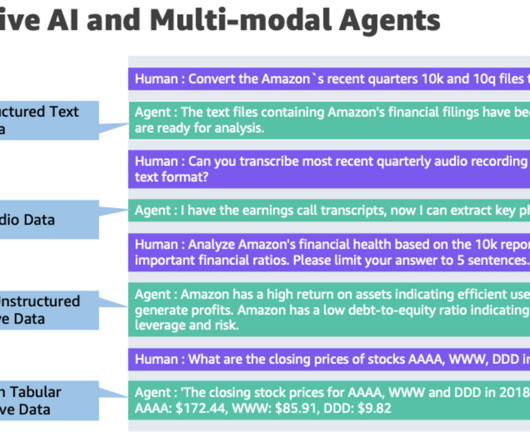
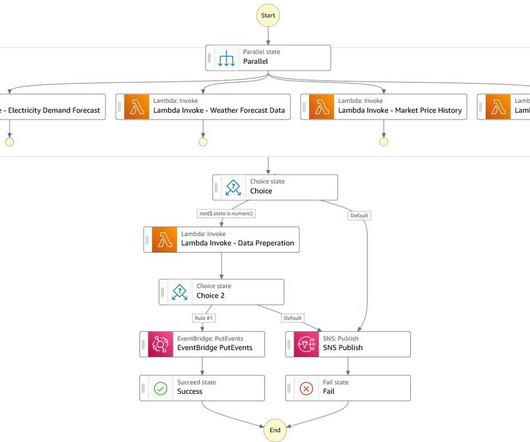
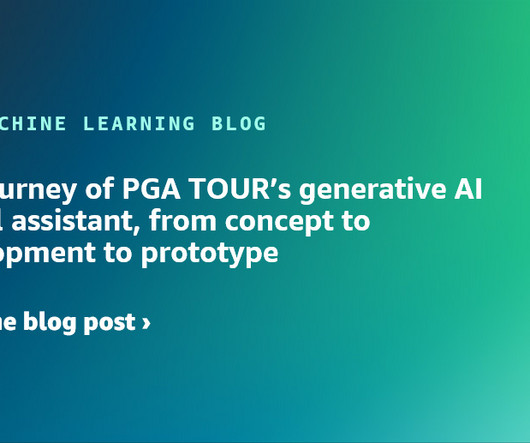
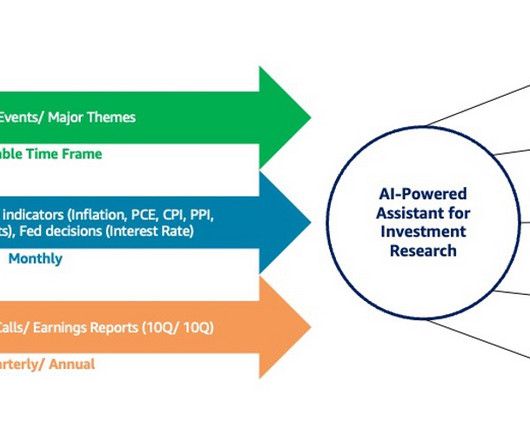




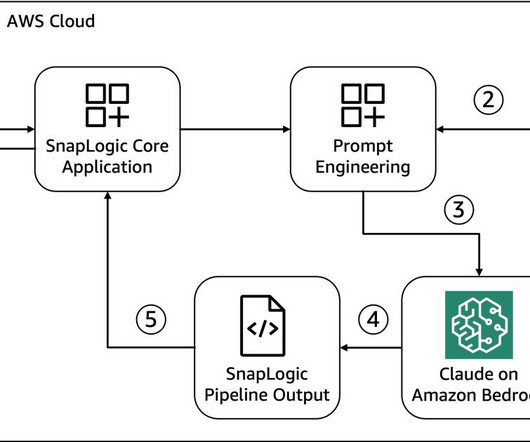
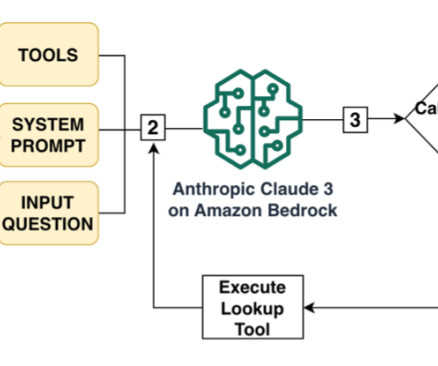






Let's personalize your content